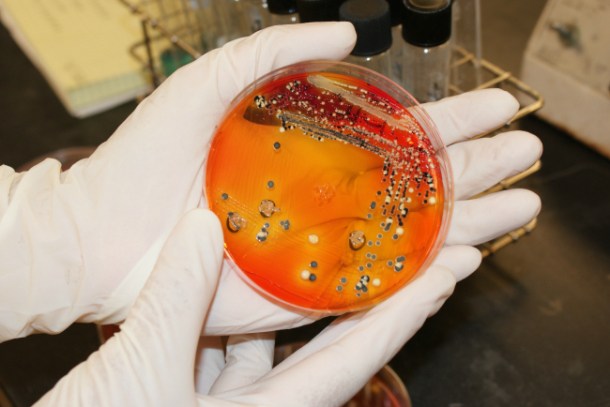Scientists in South Korea have created nanorobots to treat cancer more effectively and with fewer harmful side-effects than chemotherapy.
A team of researchers in South Korea has produced successful results in their tests of a new method to fight cancer. The method is based on selective treatment applied directly to cancer cells by nanorobots that are injected into the body to transport the drugs needed to fight the tumour. With this design, the system is more effective than chemotherapy and is not as harmful to the patient.
South Korean researchers have tested their new method successfully on mice, but they are convinced that the nanorobots can be used to treat cancer in humans. The main advantage over chemotherapy is the selective capabilities of this system, which targets only the tumour cells, making the action more effective and does not harm other parts of the body.
The nanorobots are introduced by genetically modified salmonella bacteria, which contain microscopic capsules filled with drugs. These new nanorobots have been dubbed ‘bacteriabots’, in reference to the importance of the salmonella bacteria and the possibilities presented by the nanorobots.
After being injected into the body, the bacteria are attracted by the chemical compounds given off by the cancer cells. When the bacteria reach the cancer cells, the capsules carried by the nanorobots release the drugs directly into the tumour. This direct action is aimed at eliminating the source of the cancer without harming other tissues.
The use of these nano-robots to treat cancer could avoid the side effects of chemotherapy, such as nausea and anaemia. The existing treatments against this type of tumour affect many other parts of the body, which end up harmed, unlike the treatment with the bacteriabots, which selectively attack the cancer cells.
The bacteria used at this point can detect only certain types of cancer – which is essential for them to reach them – but researchers expect to be able to detect and treat a wider variety of tumours using this method in the future. Researchers have already patented the new system in Japan, the United States and Europe, but it has not yet been approved for use in people.
Image University of Missouri










